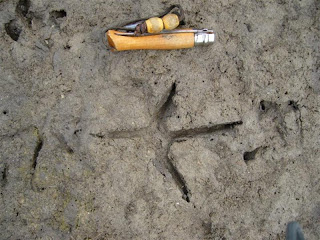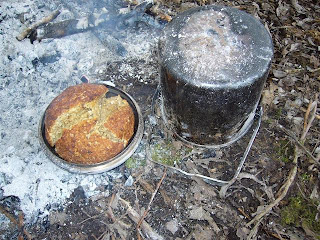
 Harold Gatty has a unique knowledge of pathfinding by natural methods on both land and sea. Born in Tasmania, he was placed in charge of Air Navigation Research and Training for the U.S. Army Air Corps in 1931. During World War II his first book “The Raft Book” was part of the standard equipment in U.S. Airforce life rafts, written to help men who were adrift at sea.
Harold Gatty has a unique knowledge of pathfinding by natural methods on both land and sea. Born in Tasmania, he was placed in charge of Air Navigation Research and Training for the U.S. Army Air Corps in 1931. During World War II his first book “The Raft Book” was part of the standard equipment in U.S. Airforce life rafts, written to help men who were adrift at sea. This book covers the marine material from the previous book with the addition of pathfinding on land. Applying methods used by primitive peoples from around the world and early explorers he shows how to navigate by observing natural features, birds and other animals, weather patterns, vegetation, patterns of both snow and sand and positions of the sun, moon and stars, without having to rely on a map or compass. Much of the advice and information in this book is not available elsewhere.
I have found this book so fascinating that it really is difficult to put down. The reader is encouraged to look at paintings and photographs of landscapes and using skills learnt from the book look for natural indicators of time of day, orientation of the picture and the direction of certain natural features.
Also of interest to me was the observational use of migrating birds as a directional indicator by early explorers such as the Polynesians, as migrating birds travelling over sea were known to be heading for land. Some even carried large birds such as frigate birds on their boats and released individuals during a sea crossing (knowing they would fly to land) and observed the direction they flew in and headed in the same direction.
The book can be viewed here
or purchased here
 First the feather needs to be trimmed to leave just the quill. There are two methods of doing this; One method is to cut them off with a piece of flint
First the feather needs to be trimmed to leave just the quill. There are two methods of doing this; One method is to cut them off with a piece of flint and the other is to start at the top of the feather and pull removing a thin strip of membrane along the edge of the quill
and the other is to start at the top of the feather and pull removing a thin strip of membrane along the edge of the quill When you are left with just the quill decide one the length of float you require and then this down the quill by scraping or cutting it with the piece of flint.
When you are left with just the quill decide one the length of float you require and then this down the quill by scraping or cutting it with the piece of flint. Then fold the quill at the point where you have thinned it
Then fold the quill at the point where you have thinned it I used a piece of nettle stem as a lashing to hold the two pieces together (the nettle should be waterproofed with resin or something similar).
I used a piece of nettle stem as a lashing to hold the two pieces together (the nettle should be waterproofed with resin or something similar). The float is now completed
The float is now completed and ready to use
and ready to use












































